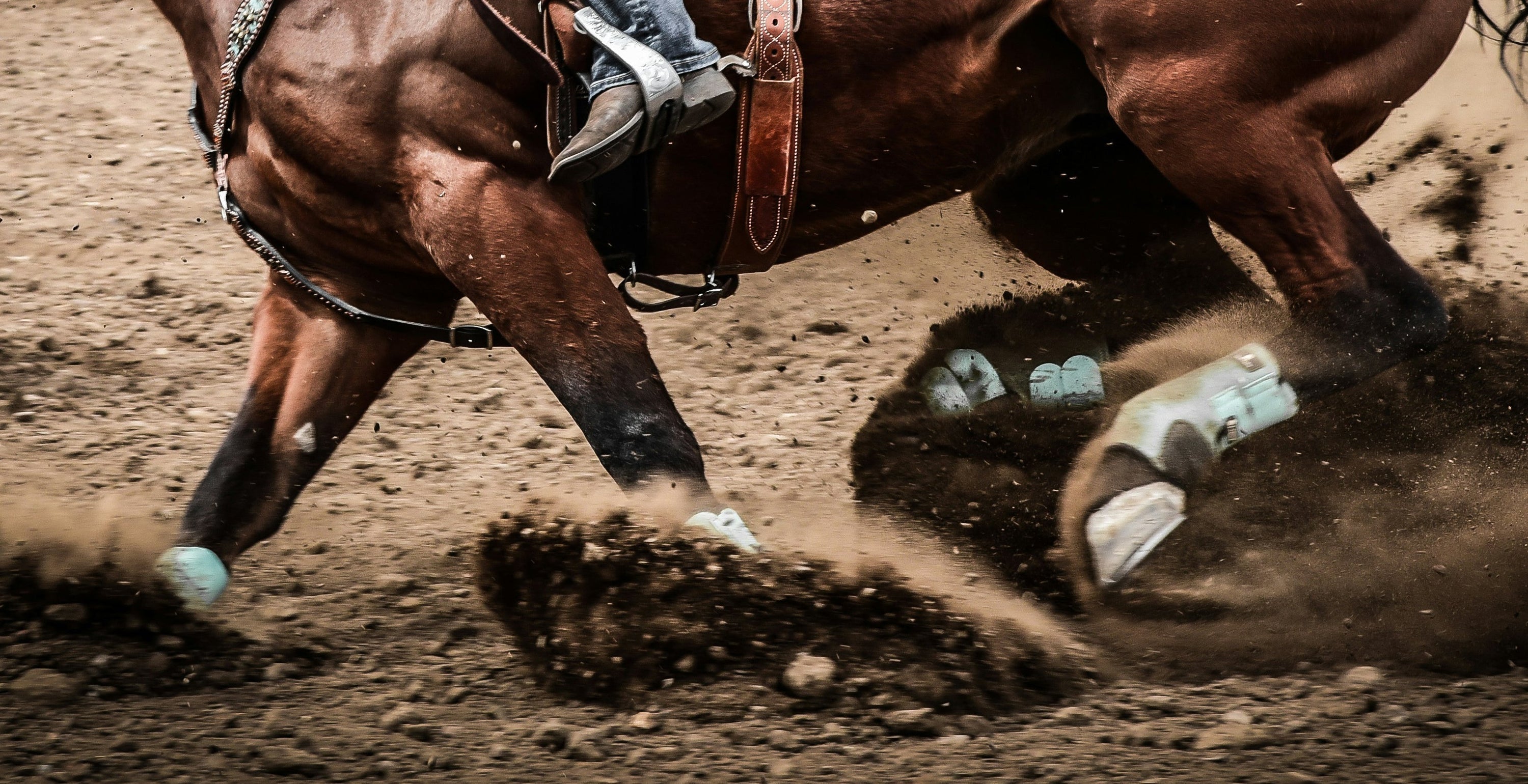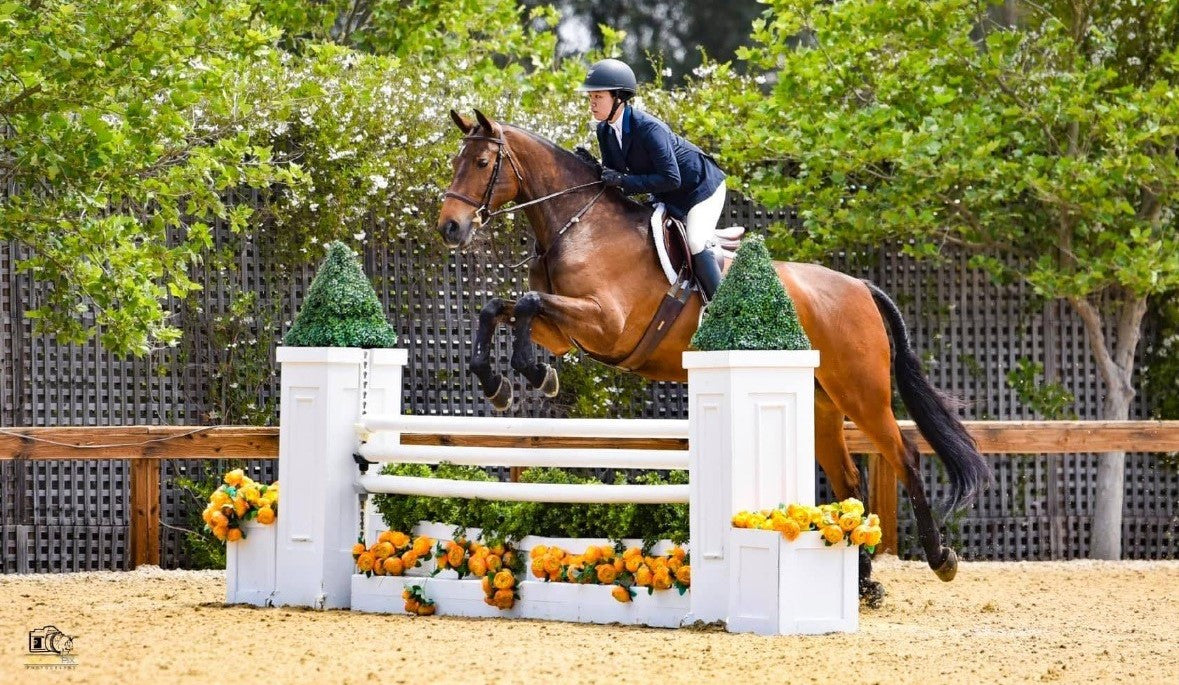¿Qué grado de lesión de tejidos blandos tiene su caballo?
Las lesiones de tejidos blandos en los caballos son un aspecto complejo y a menudo desafiante de la salud equina que exige una atención y comprensión cuidadosas. En esta guía completa, profundizamos en las complejidades de las lesiones de tejidos blandos, centrándonos especialmente en los diferentes grados que existen. Como jinetes dedicados y cuidadores de estas majestuosas criaturas, es imperativo comprender los matices de las lesiones de tejidos blandos para garantizar el bienestar y la longevidad de nuestros compañeros equinos.
Ultrasonido de lesiones de tejidos blandos

Recuperación de lesiones de tejidos blandos

Modalidades de diagnóstico: Navegando por el camino de la precisión
El diagnóstico preciso es la piedra angular de un tratamiento eficaz de las lesiones de los tejidos blandos. El uso de modalidades de diagnóstico avanzadas garantiza una comprensión precisa de la extensión de la lesión. La ecografía sigue siendo una piedra angular en el diagnóstico de las lesiones de los tejidos blandos, ya que ofrece información en tiempo real sobre la zona afectada. Su naturaleza no invasiva la convierte en una herramienta invaluable para clasificar las lesiones con precisión. Para una evaluación en profundidad, la resonancia magnética (IRM) proporciona una claridad incomparable. Permite un examen detallado de los tejidos blandos, lo que ayuda a planificar el tratamiento con precisión.
Grado I: Desgarros menores (hasta un 10 % de desgarro)
Las lesiones de tejidos blandos de grado I indican el inicio del daño, con desgarros menores que afectan hasta el 10 % del tejido blando. En esta etapa temprana, el desgarro es microscópico y produce signos sutiles, como una hinchazón mínima o una leve cojera. La observación minuciosa se vuelve esencial para una intervención oportuna. Es fundamental comprender que las lesiones de grado I implican un desgarro de hasta el 10 %. Estos desgarros microscópicos permiten enfoques de tratamiento específicos, como proporcionar un descanso esencial y utilizar terapias específicas diseñadas para abordar el daño localizado con precisión.
Grado II: Desgarros moderados (10-90 % de desgarros)
Al avanzar al grado II, las lesiones de tejidos blandos implican desgarros moderados que afectan entre el 10 y el 90 % del área afectada. El desgarro se extiende más allá del nivel microscópico y produce una hinchazón y cojera notables. En esta etapa, es fundamental consultar al veterinario para evaluar con precisión la extensión del desgarro.
En las lesiones de grado II, el desgarro abarca un porcentaje más significativo del tejido blando. Las herramientas de diagnóstico, como las ecografías, ayudan a revelar la extensión del desgarro, lo que orienta a los veterinarios y a los propietarios de caballos a la hora de formular programas de rehabilitación personalizados. Este grado requiere un enfoque matizado, con terapias y ejercicios diseñados para abordar de manera eficaz el área más amplia del daño moderado.
Grado III: Rotura completa (desgarro de más del 90 %)
Las lesiones de tejidos blandos de grado III representan el punto más grave de la gravedad, ya que implican una rotura completa con un desgarro de más del 90 %. La cojera se hace evidente y la hinchazón pronunciada indica un desgarro importante. La intervención veterinaria es imprescindible para evaluar con precisión la extensión de la rotura completa.
Las herramientas de diagnóstico, como la ecografía, permiten conocer el grado de desgarro en las lesiones de grado III. El desgarro es grave y afecta a un porcentaje sustancial del tejido blando. Las estrategias de rehabilitación integrales son fundamentales, centrándose no solo en la zona lesionada, sino también en el impacto más amplio de la rotura completa en la movilidad y el bienestar del caballo.
Tratamiento de lesiones de tejidos blandos
Suplementos:
OptiWize, un suplemento de vanguardia, surge como un poderoso aliado en el camino hacia la curación de lesiones de tejidos blandos.Compuesto por una mezcla meticulosamente elaborada de 10 ingredientes totalmente naturales, esta combinación sinérgica contribuye a la mejora de la recuperación de los tejidos blandos al abordar varios aspectos del proceso de curación. El colágeno, una proteína fundamental en el cuerpo, surge como un catalizador fundamental para acelerar el proceso de curación de las lesiones de los tejidos blandos. Esta proteína estructural constituye una parte importante de los tendones, ligamentos y piel, y desempeña un papel crucial en el mantenimiento de la integridad y la fuerza de los tejidos. Cuando se aplica a la recuperación de lesiones de tejidos blandos, las propiedades regenerativas del colágeno pasan a primer plano. El colágeno ayuda a la formación de nuevo tejido conectivo, proporcionando un marco de apoyo para que las áreas dañadas se curen de manera efectiva. Además, contribuye a la reducción de la inflamación y promueve la síntesis de otras proteínas esenciales, fomentando un entorno propicio para la reparación de los tejidos.
Como complemento, el colágeno se convierte en un recurso valioso para acelerar la curación de las lesiones de los tejidos blandos, ofreciendo un enfoque natural y específico para apoyar los mecanismos de recuperación innatos del cuerpo. OptiWize desempeña un papel crucial en la reducción de la inflamación y el apoyo a la lubricación de las articulaciones, además de ayudar a la salud del cartílago y la función de las articulaciones. OptiWize, con su amplia gama de ingredientes naturales, se erige como una solución holística para acelerar la curación de las lesiones de los tejidos blandos, apoyando los mecanismos de recuperación naturales del cuerpo.
El camino hacia la curación de las lesiones de tejidos blandos implica una estrategia multifacética. Para obtener resultados óptimos, es esencial adaptar los tratamientos en función del grado de la lesión:
La rehabilitación de un caballo con una lesión de tejidos blandos es un proceso meticuloso y crucial cuyo objetivo es recuperar la movilidad, la fuerza y el bienestar general. La adaptación de un programa de rehabilitación comienza con una evaluación exhaustiva de la gravedad y la ubicación de la lesión. La fase inicial suele implicar un período de descanso controlado para permitir que los tejidos blandos se curen. A medida que el caballo progresa, la introducción gradual de ejercicios terapéuticos, como caminar de forma controlada y estiramientos específicos, se convierte en parte integral de la recuperación de la fuerza y la flexibilidad. Se pueden incorporar modalidades como la hidroterapia y el ultrasonido terapéutico para controlar la inflamación y promover la curación. La supervisión veterinaria es primordial durante todo el proceso de rehabilitación, ya que guía los ajustes del programa en función de la respuesta del caballo. Se organiza un retorno gradual a las actividades normales, lo que garantiza un enfoque equilibrado y medido para evitar una nueva lesión. La rehabilitación de un caballo con una lesión de tejidos blandos incorpora una estrategia integral, que combina descanso, intervenciones terapéuticas y ejercicios progresivos para facilitar una recuperación completa y sostenible.
Medidas preventivas: salvaguardando el bienestar equino
Las medidas proactivas desempeñan un papel fundamental en la mitigación del riesgo de lesiones de tejidos blandos:
Las evaluaciones veterinarias de rutina permiten la detección temprana de problemas potenciales, lo que permite una intervención oportuna antes de que las lesiones se agraven. Además de garantizar que los caballos se sometan a rutinas de calentamiento adecuadas y regímenes de entrenamiento gradual, se minimiza el riesgo de lesiones repentinas e impactantes. Asegurarse de que su caballo reciba un suplemento de primer nivel como OptiWize es fundamental para fortalecer sus articulaciones, tendones y ligamentos, mejorando así la fuerza y la resistencia. La mezcla cuidadosamente seleccionada de 10 ingredientes naturales en OptiWize juega un papel fundamental en la promoción de la salud musculoesquelética general. El colágeno ayuda a la regeneración de los tejidos conectivos, contribuye a la reducción de la inflamación y la lubricación de las articulaciones, y apoya la funcionalidad robusta del cartílago y las articulaciones. OptiWize fortalecerá el proceso de rehabilitación, asegurando que su caballo no solo se recupere de una lesión de tejido blando, sino que prospere con una vitalidad sostenida.



